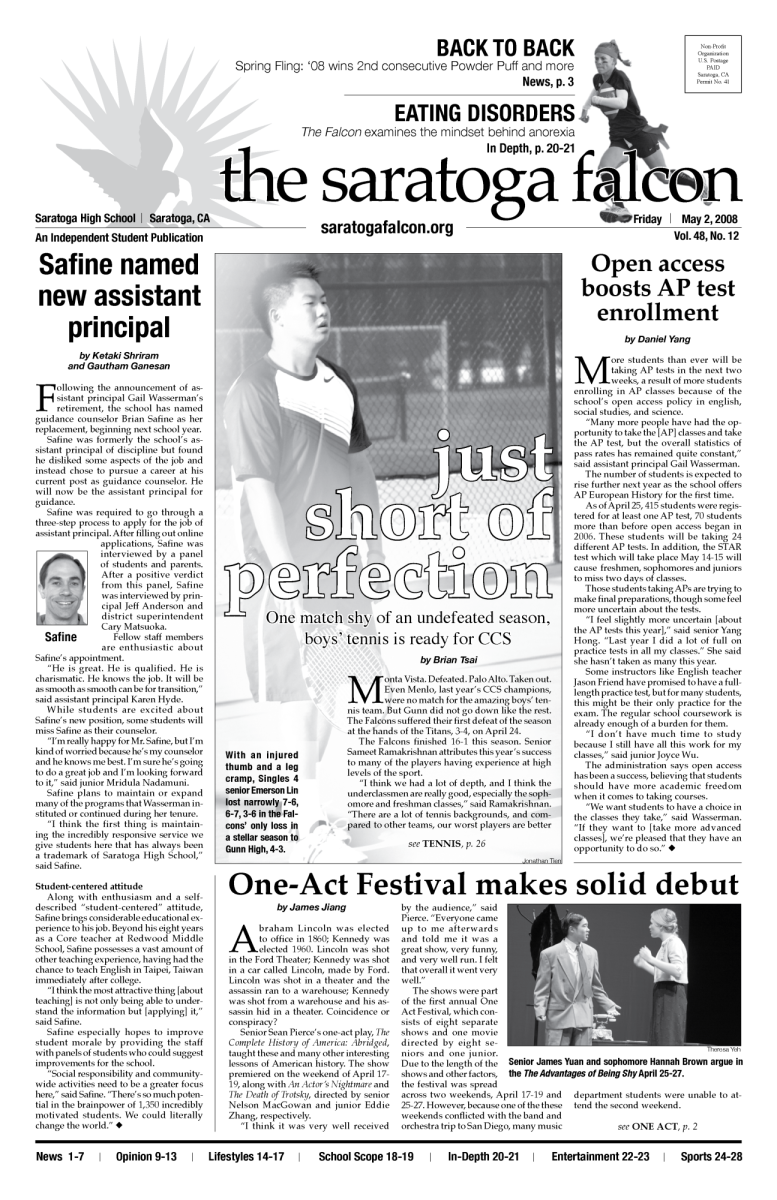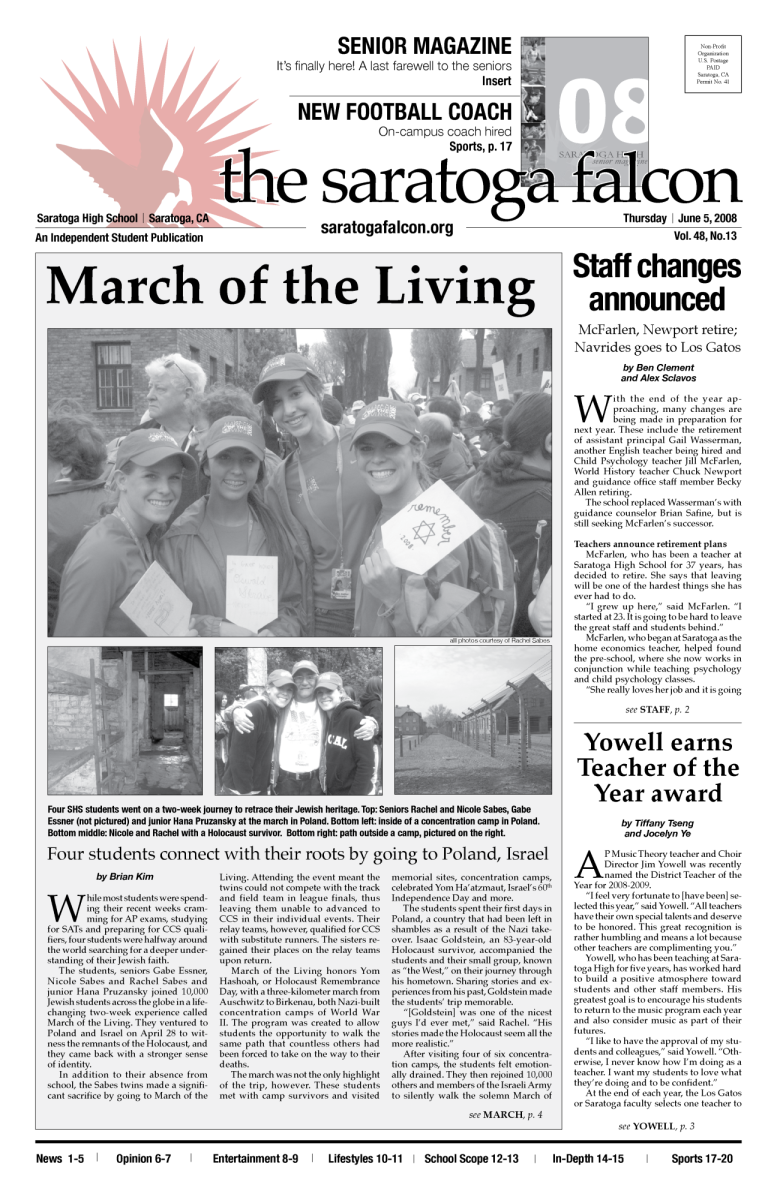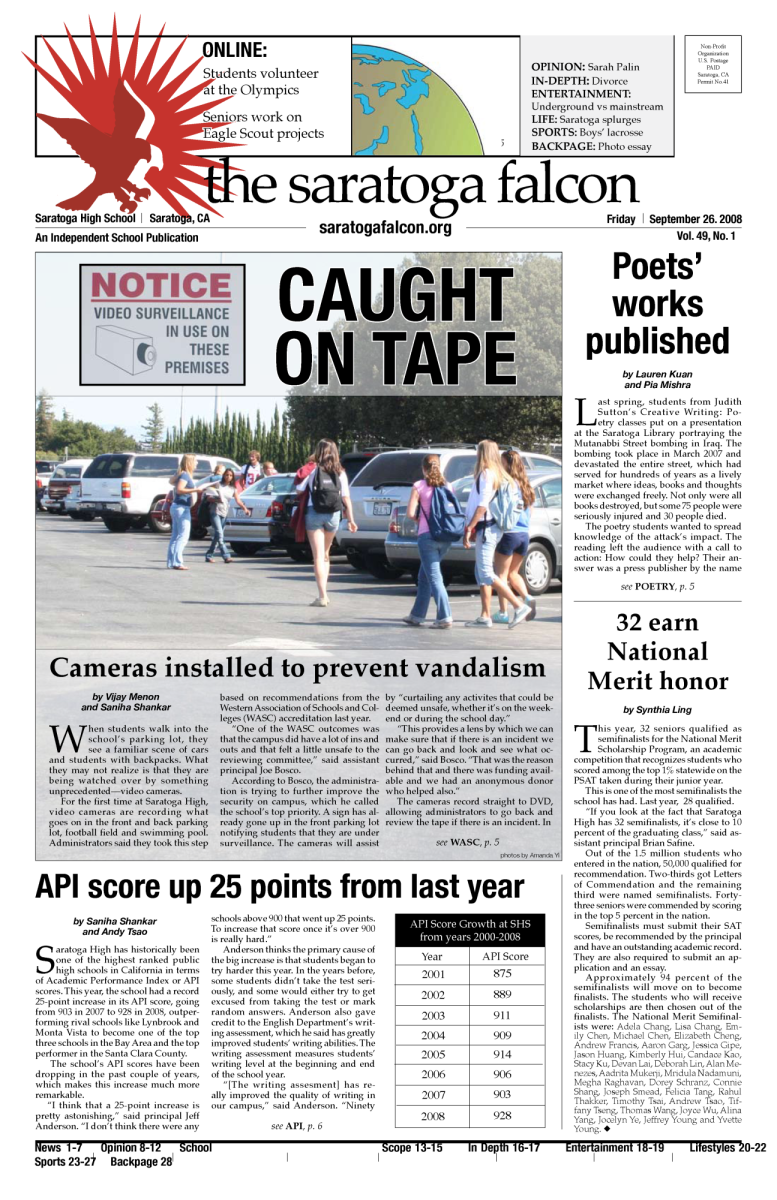It’s five minutes before lunch, and several students in the back row of a classroom are giggling and conspicuously staring at their laps.
The bell rings, and no student turns their phone off. Everyone had been on their phones for the past few minutes — messaging their friends, watching TikTok videos, going on Clash Royale Clan Rades — you name it.
This common sight has led teachers and parents to be concerned by the amount of time that the current generation spends on their digital devices each day, with many claiming it amounts to addiction.
According to the Center on Media and Child Health, 56 percent of teens aged 13 to 17 play video games for an average of 2.5 hours a day, and Statista reports that the average person spends 2.3 hours a day on social media.
According to the American Psychological Association, up to 40 percent of productive time is wasted by attempting to multitask, such as by checking email, social media or game rewards in the middle of doing work.
Wellness center coordinator Marina Barnes tells students their phones create major challenges.
“Our brain cannot focus on more than one thing at a time,” Barnes said. “Mindfulness has been shown to really help in focusing on one thing.”
According to a study performed by Joshua Rubinstein, Jeffrey Evans, and David Meyer, switching between tasks takes a considerable amount of time, and even more as the tasks get more complex.
For junior Katie Chen, controlling her phone usage means using iOS’s native screen time limits feature. Chen has around 2.5 to four hours of homework and usually completes it before 12:30 a.m. However, Chen finds the iOS screen time limit feature somewhat ineffective. The screen time limit feature has the user set limits for various apps, and when the time is up, it notifies the user, but allows the user to override it.
“Whenever I open an app [that I have reached the time limit for], I usually tap the ‘ignore’ option. It only works sometimes, depending on the app,” Chen said.
In order to complete her work more efficiently, Chen sometimes keeps her phone away from the area where she works.
Junior Wilson Fung has around three to five hours of homework every two days, and he optimizes his time by completing half on one day and the other half on the next day.
To keep track of his work, Fung writes down all the work he has to do on sticky notes, one for school and another for miscellaneous work. He records the work he has to complete for each class, including due dates and any upcoming assessments.
On the miscellaneous sticky note, Fung writes any important tasks he needs to complete near the top and leisurely writes things he wants to do near the bottom.
“On the top, I write something like emailing people or making plans with someone, and on the bottom, I write something like watching a k-drama or eating out at a new place,” Fung said.
With regard to phone management, Fung has turned off all notifications from his phone to break the bad habit of sleeping late.
“The main issue I had last year was that I kept picking up my phone to check Snapchat, which led me to open YouTube or Instagram,” he said. “At the beginning of this year, I turned off all Snapchat notifications and lost all my streaks. I’ve been able to stay off my phone more.”
Fung now strives to do homework the day it is assigned and to complete long-term assignments early.
There are also specific softwares designed to more successfully help one transition to checking their phone less often.
One well-known productivity app of the sort is Forest, which allows users to grow a virtual forest and accumulate coins to customize it by refraining from using apps. For each tree planted by the user, the Forest team also donates money to a real tree growing organization, Trees For The Future, which plants real trees on Earth. However, if the user ever cancels the operation to open an app, the trees they were just growing die. The app is free on Google Play store and $1.99 on the App Store.
Sophomore Eileen Lee has used the app for around two years now, averaging 90 minutes at each stretch for a total of 27 hours a week. She found that her time is now spent much more effectively, and she is motivated to continue using it.
Lee feels that by using technology responsibly, she is also being socially responsible by helping to reduce carbon emissions, among several other environmental benefits. As of March 19, 700,763 trees have been planted through Forest.
Lee also felt encouraged by the statistics page on the app, where she could see the number of hours she has spent on the app and her rapidly increasing coin count. Even when the app is not running, she feels that she concentrates better.
Although she tries to avoid it, her occasional killing of a few trees is inevitable.
“It is devastating because the log shows that I have killed a tree before,” Lee said. “It makes my permanent forest look unnatural.”
To make up for the few beige husks symbolizing dead trees in her forest, she is prompted to use the app more so that her normal trees cover them up. She also noticed that the app forces her to fall asleep instead of staying up late on her phone.
Barnes, the wellness center coordinator, recommends that students take a break from all devices regularly each week.
“Detox periods are for people to spend time with each other in person, and not just social media,” Barnes said. “Just put your phone away. Maybe turn it off. Although it might take some self-discipline, the benefits definitely outweigh it.”




























